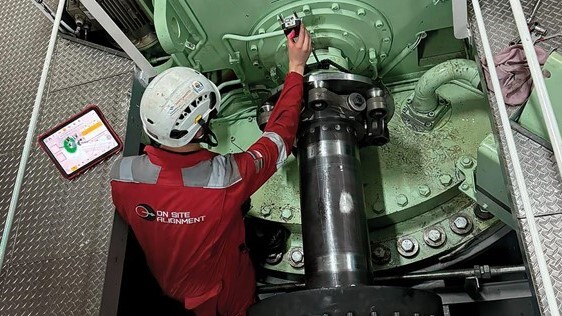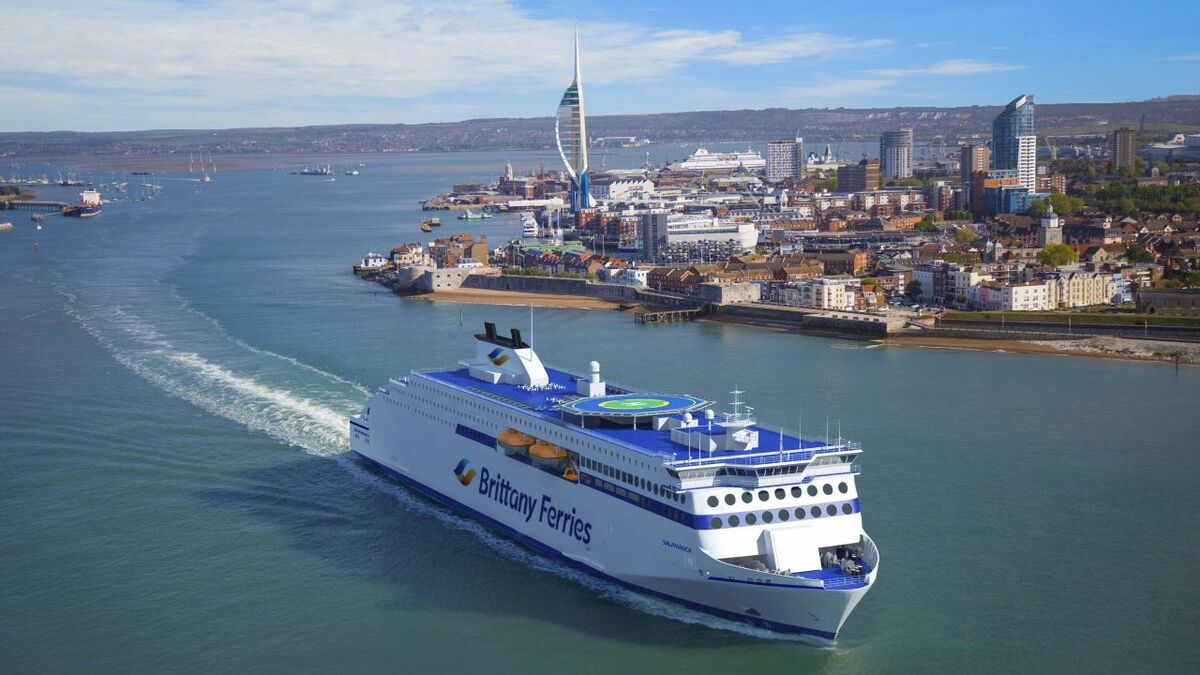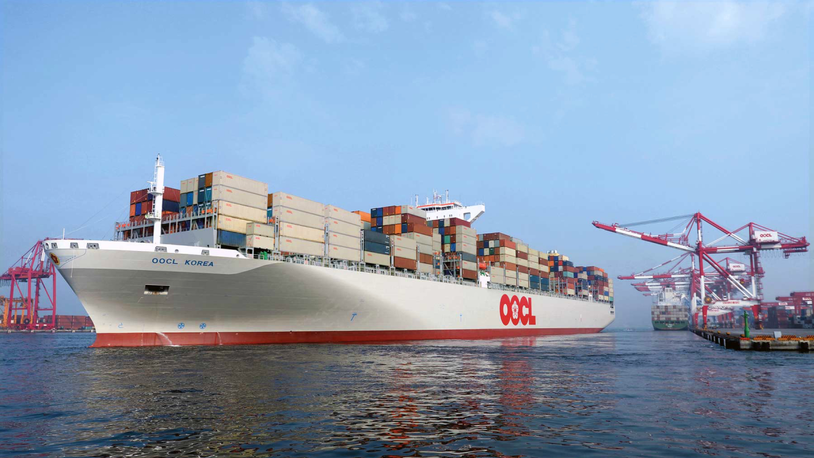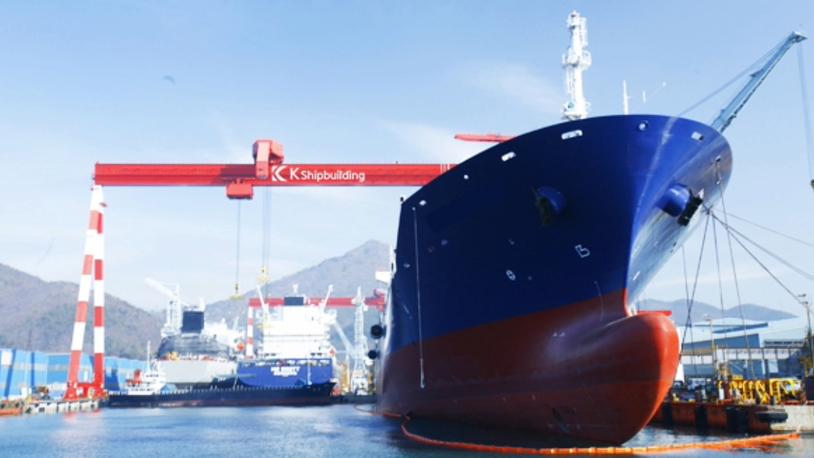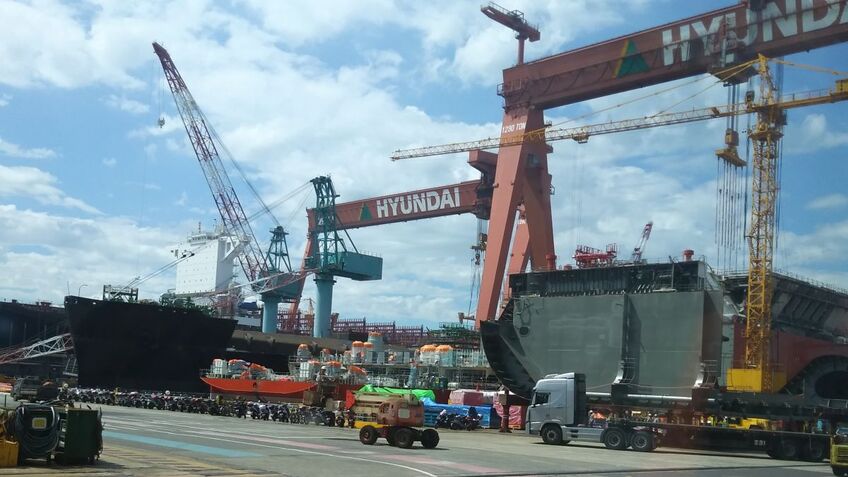Business Sectors
Events
Contents
Brittany Ferries to boost fleet with trio of LNG ferries
Brittany Ferries has ordered LNG-fuelled vessels in a fleet renewal programme focusing on sustainable development
Brittany Ferries has confirmed names for its next ships, with the one-year charter vessel arriving in November 2019 to be named Kerry.
The company has also revealed that Santoña has been chosen for the company’s third E-Flexer class ship. To be chartered from Stena, Santoña is part of the company’s €550M (US$618M) fleet renewal programme, focusing on sustainable development. Santoña will arrive in 2023 and like sister ship Salamanca, will be powered by LNG.
“Brittany Ferries is committed to LNG as the most environmentally-friendly fuelling solution currently available for shipping,” said Brittany Ferries director of fleet and port operations Frédéric Pouget. “Despite the significant investment made in scrubber technology for our ships, we know that the best way to respect the environments in which we operate, and to exceed emissions reduction targets, is to commit to LNG. This is what we have done with an investment worth half a billion euros.”
The company’s first LNG ship, Honfleur, will be operational next year. It is currently under construction in Germany and will serve the company’s busy Portsmouth to Caen route. Salamanca will arrive in 2022 to carry passengers and freight on long-haul routes between the UK and Spain. Santoña will join the fleet in 2023.
The company’s fleet renewal programme promises a significant reduction in carbon emissions per passenger compared with vessels currently operating between the UK and Spain. “That is because Cap Finistère and Baie de Seine are less efficient vessels with much smaller passenger and freight capacities than the LNG E-Flexer class ships that will replace them,” explained Mr Pouget.
The company will also run four round trips from the UK to Spain each week, instead of five. This means a significant saving in fuel consumption and emissions, while still promising a 10% improvement in passenger capacity and 28% increase in freight space.
These savings, combined with improved efficiency thanks to better hull design, modern engines and the use of LNG to power vessels, will realise an estimated saving of around 46% CO2 per passenger compared with current vessels on the company’s long-haul routes.
Brittany Ferries has developed an innovative solution to refuel its first LNG vessel, Honfleur. In partnership with Total, industry-standard, containerised LNG will be trucked on board, then lifted into position by onboard cranes where they will replenish Honfleur’s fixed, onboard LNG storage tank. The process will be reversed when mobile tanks are empty.
Additional costs of Honfleur’s LNG systems and equipment have been partially offset by the support of the French Government Programme of Investments for the Future and operated by ADEME.
For Spanish operations, Brittany Ferries has signed a letter of intent with Spanish energy company Repsol to deliver the LNG. Under the agreement between the two companies, Repsol will install quayside LNG storage facility at ports in northern Spain. Confirmation is expected later this month. This will then be used to fuel both E-Flexer ships during their calls.
The E-Flexer class ships will be among the largest in Brittany Ferries’ fleet. Each will be 215 m long with 3,000 garage lane m for freight vehicles, and capacity for around 1,000 passengers.
Related to this Story
Events
Maritime Environmental Protection Webinar Week
Cyber & Vessel Security Webinar Week
The illusion of safety: what we're getting wrong about crews, tech, and fatigue
Responsible Ship Recycling Forum 2025
© 2024 Riviera Maritime Media Ltd.

